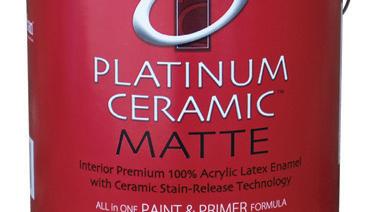
1 minute read
BLACKOUT BEDROOM
Jet lag, insomnia, shift work, or a newborn keeping you up at all hours can have you pining for a sound, peaceful and uninterrupted sleep – even while the rest of the world is awake. The trick to fooling your brain into thinking it’s time to sleep is controlling the amount of light and creating a darkened space for drifting off to dreamland regardless of what the clock says. Here’s a few ways to do it:
Blackout Curtains
Floor-to-ceiling blackout curtains can block the light coming from outside, even absorbing most noises so that you can relax and focus on getting some much needed sleep. These curtains can provide a great deal of room darkening benefits, but it is dependent on the fabric, material type and color. Naturally, sheer fabrics soften and filter outside light, while more opaque fabrics darken a room by blocking out nearly all light.
“NIGHT” SHADES
Shop for window shades that are designated for privacy and light control. Not only will many of them provide maximum light-blocking qualities, they can usually minimize light gaps, seams and rout holes that let brightness in. Remember, window shades and blinds cannot completely eliminate incoming light; there will always be some slight gaps. Add drapery to your night shade to solve the issue of light gaps for the ultimate dark experience.
Add A Darkening Liner To Blinds Or Drapery
Many shades and draperies have the option of a liner sewn in back to back with the fabric face to block out light. For greater flexibility, add a separate liner behind drapes (same idea as a shower liner behind a shower curtain) that can operate independently, yet provide an added layer of protection against unwanted light, heat and noise.
OTHER OPTIONS THAT LIMIT LIGHT:
• Cellular Shades: Some manufacturers produce blackout cellular shades that operate up and down inside a channel to eliminate light seepage on the sides.
• Roman Shades: Roman shades can be made with a blackout lining to control the amount of daylight.
• Shutters: Shutters offer a limited amount of light blocking, but can still be effective. For optimum opacity, go with a wider slat that is 4½ inches instead of the usual 2½ inches.
• Duvetyne: Film production crews use this heavy cotton material (known as Commando Cloth) to temporarily mask windows and block out unwanted light. It comes in 8 oz., 12 oz. and 16 oz. (the heaviest is the most opaque) and can be made into custom drapery.
Hirshfield’s can help you see the light – or not. Talk to us about options for creating a space for quality slumber.









